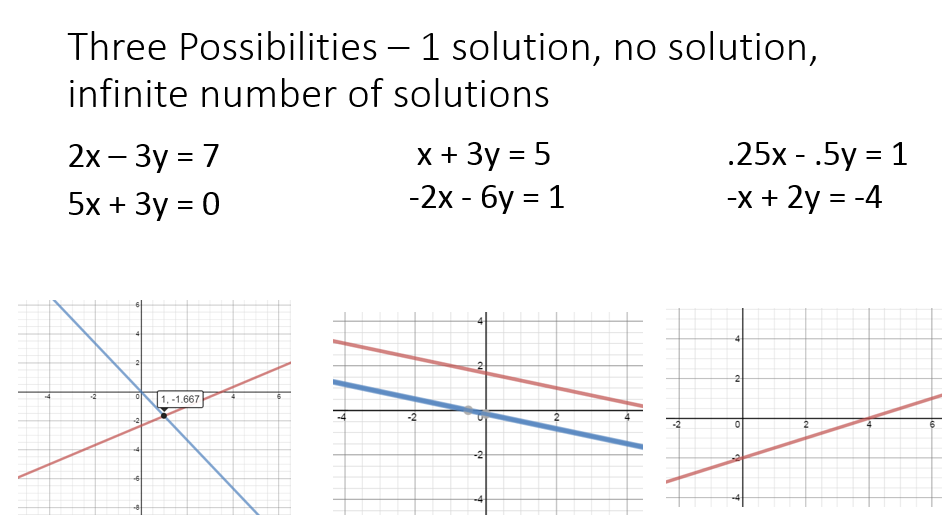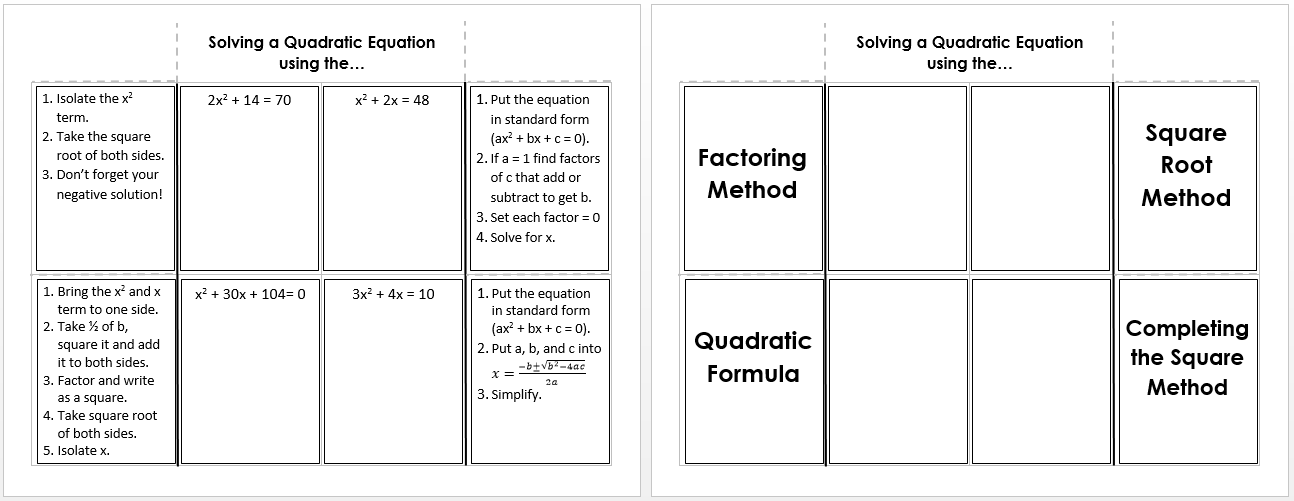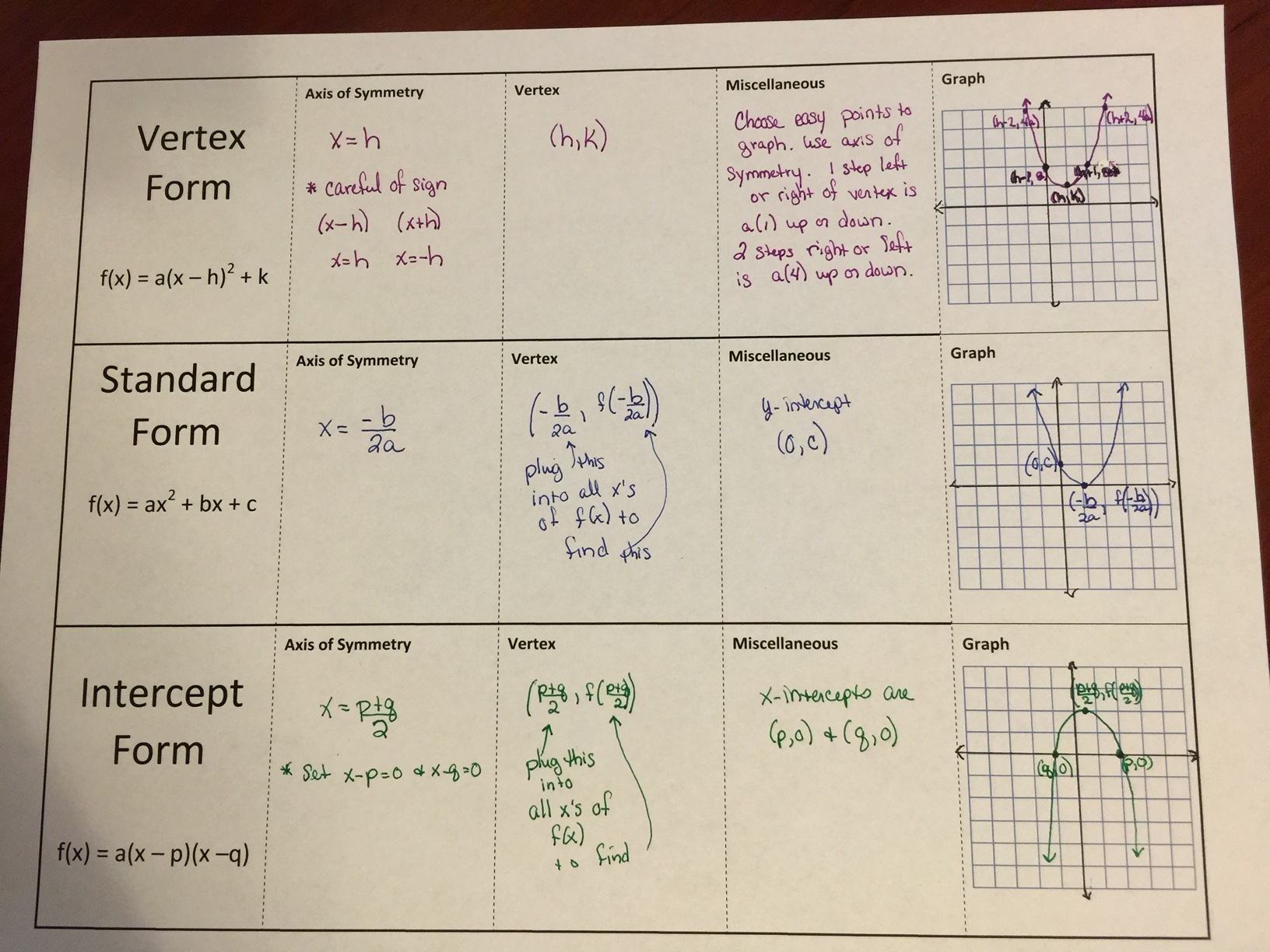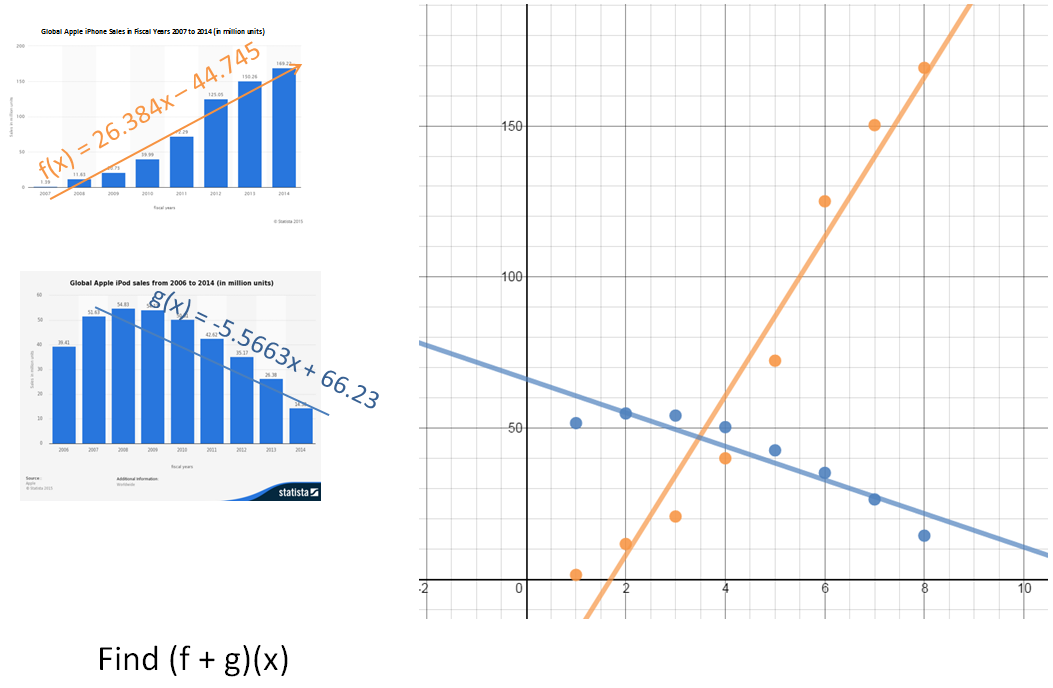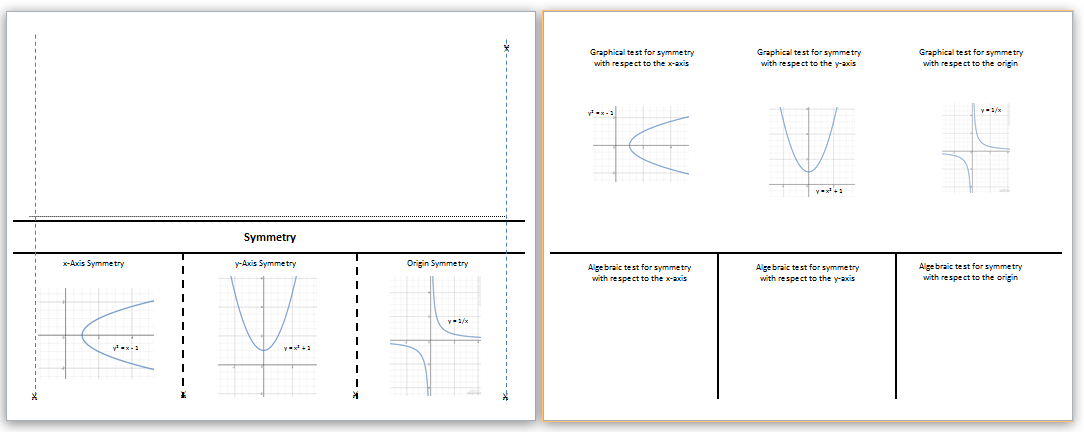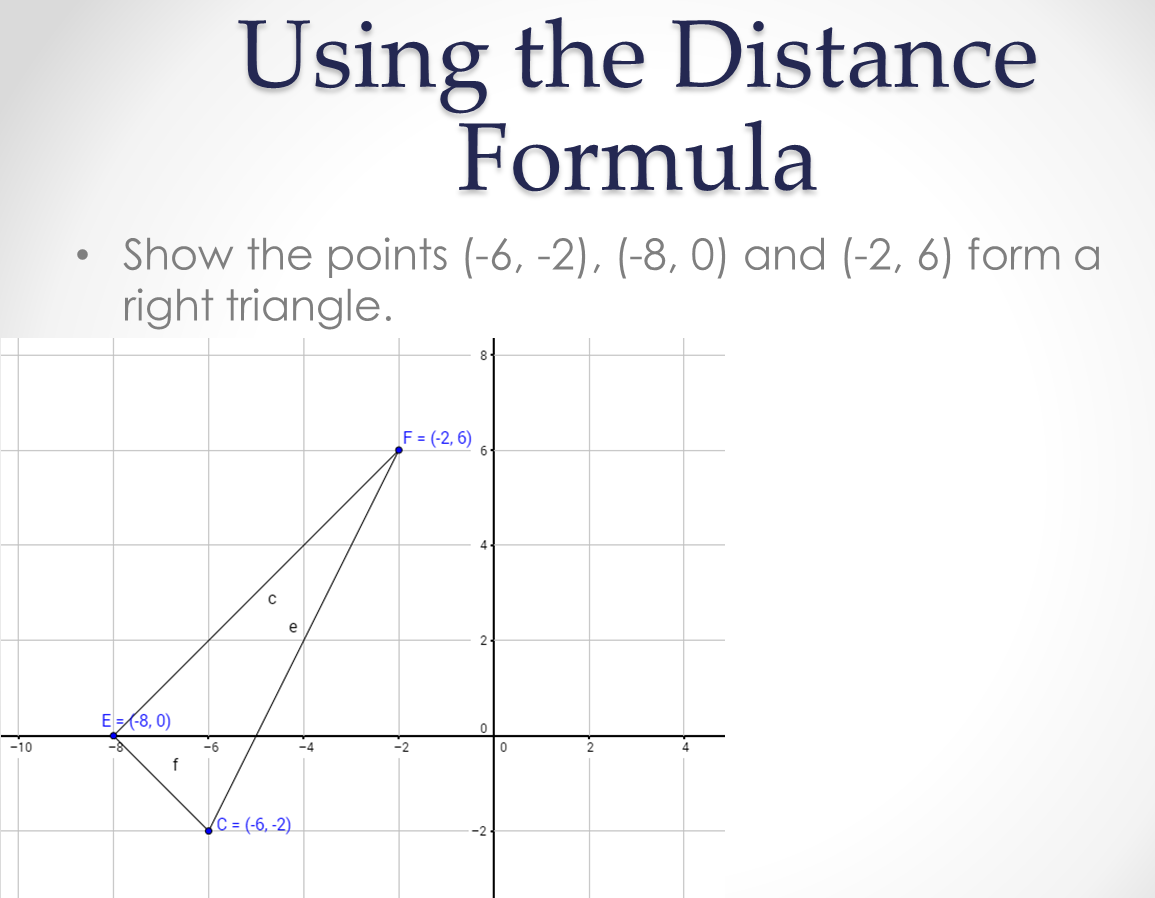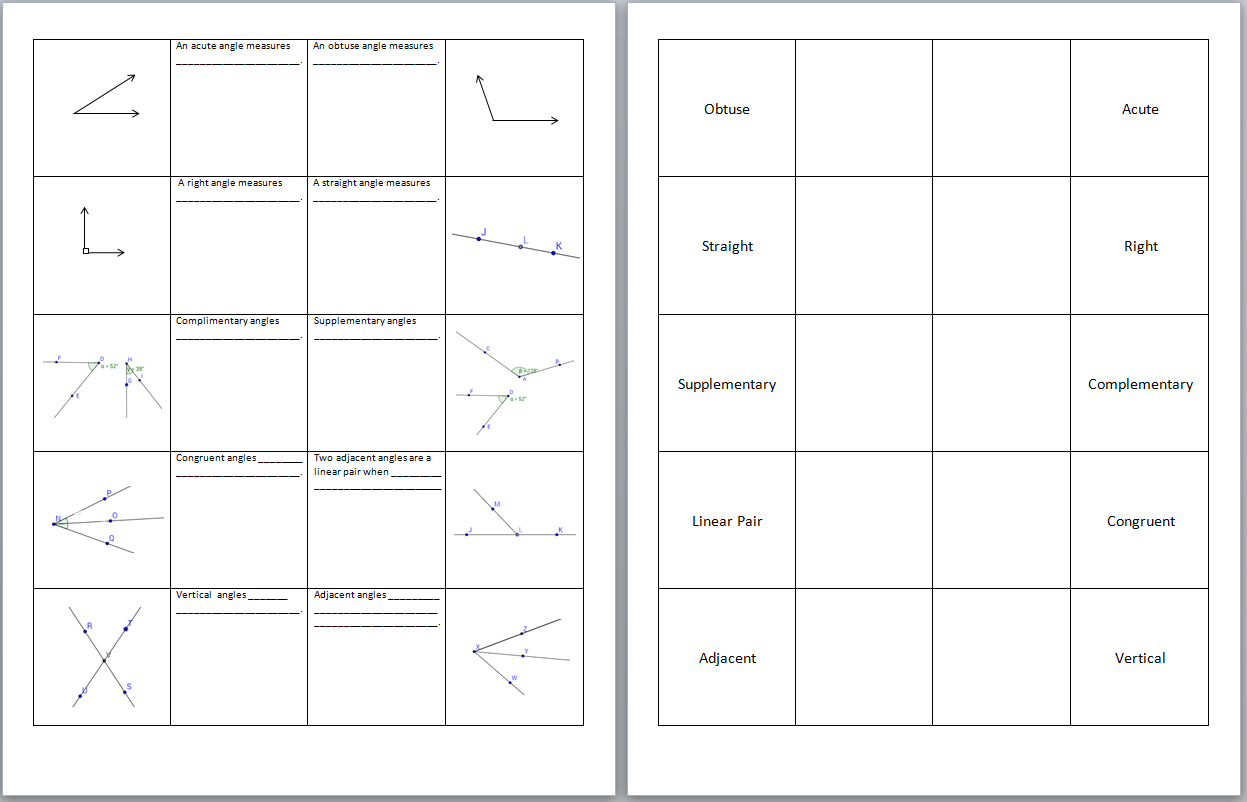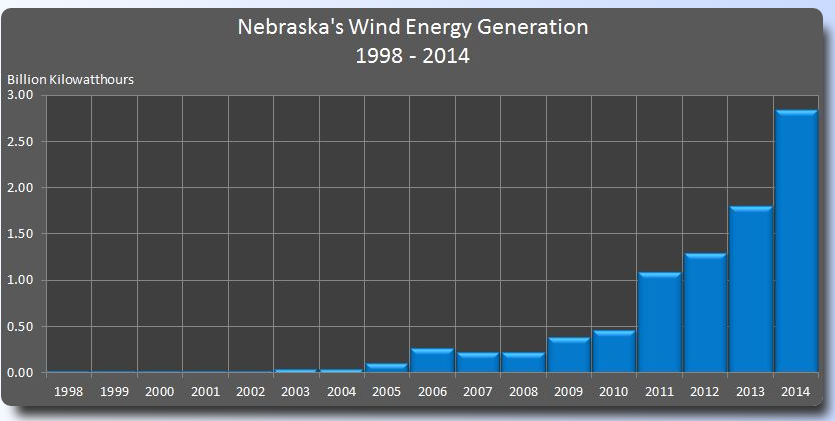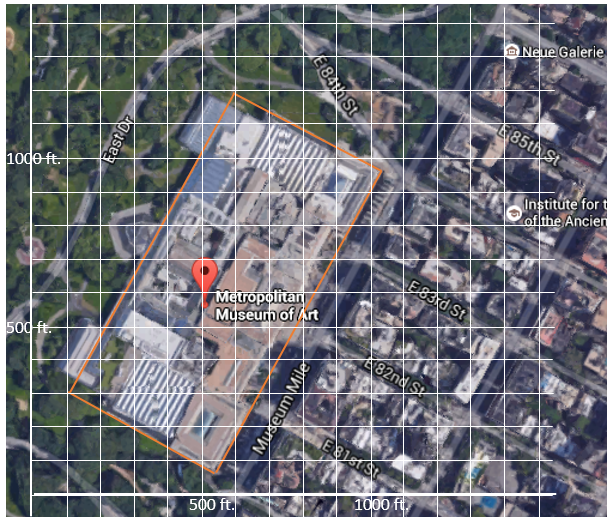Systems of Equations and Inequalities
When you are given two lines, there are many ways to determine if and where they intersect. You can graph them, solve by substitution, solve by elimination, and use matrices to solve. Two-Variable Linear Systems Solving systems by elimination is the focus of this video. https://youtu.be/80_Mlz7t_ko Two-Variable Linear Systems Section 7.2 notes Multi-Variable Linear Systems [...]

